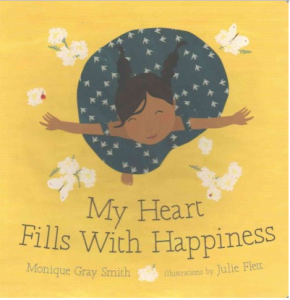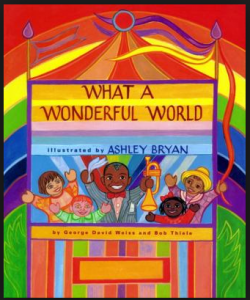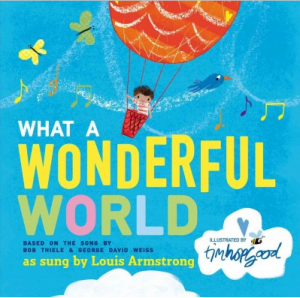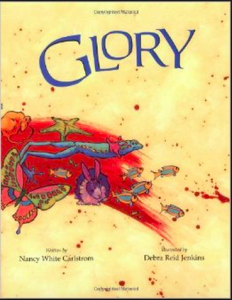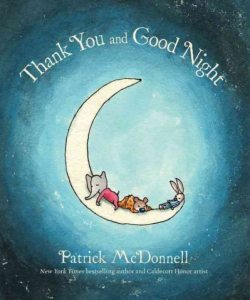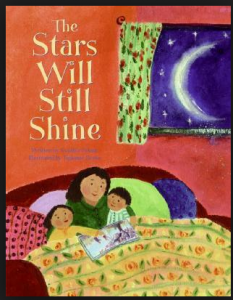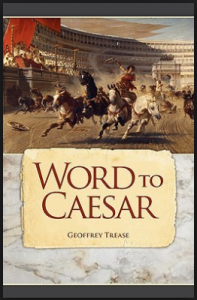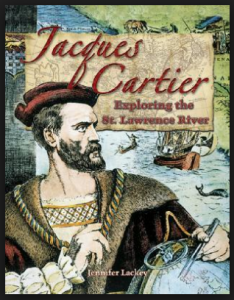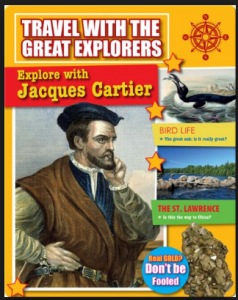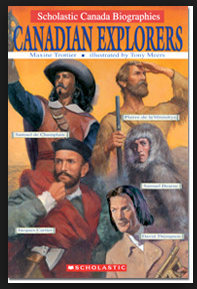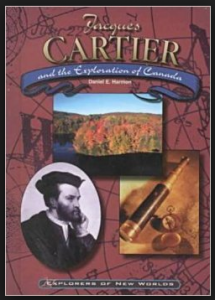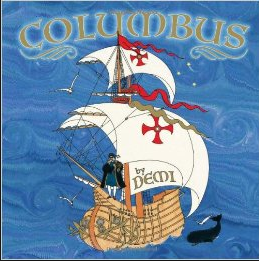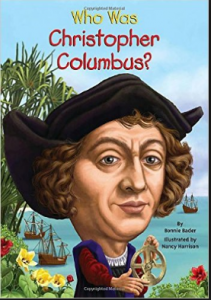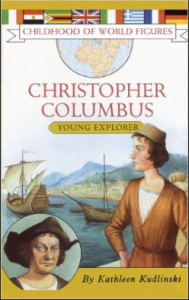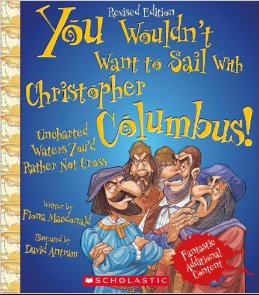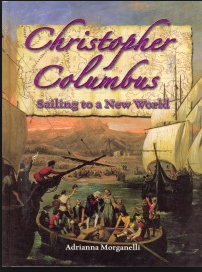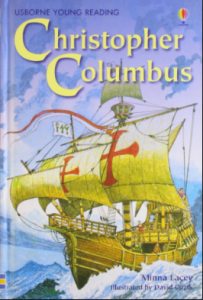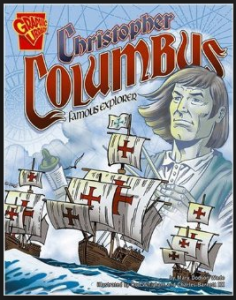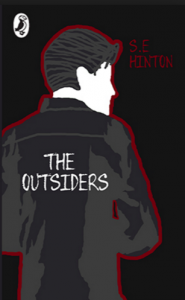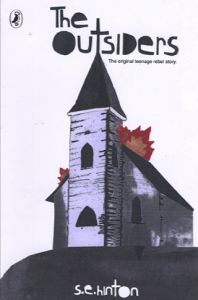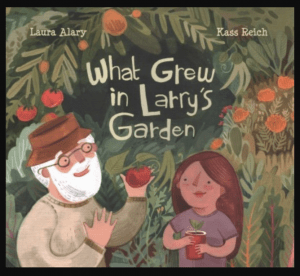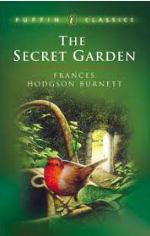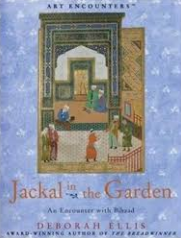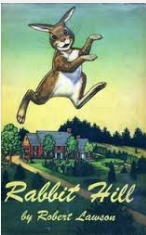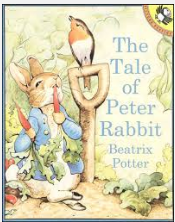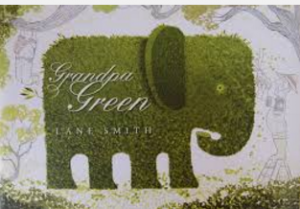Start Travelling!
“The world is a book and those who do not travel read only one page.” – St. Augustine
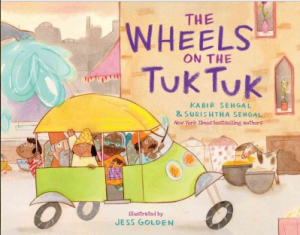
Sengal, Kabir & Surishtha Sengal. The Wheels on the Tuk Tuk. New York: Beach Lane Books, 2015.
Written to the rhythm of ‘The Wheels on the Bus’, this cheerful picture book will appeal to young children and nostalgic middle school readers.
Click HERE for more picture books and novels set in India and Pakistan.
“It is good to have an end to journey toward; but it is the journey that matters, in the end.” – Ursula K. Le Guin, The Left Hand of Darkness
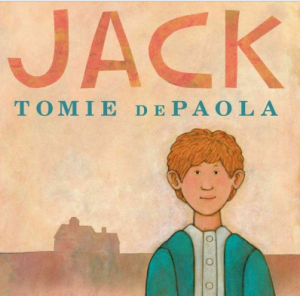
de Paola, Tomie. Jack. New York: Nancy Paulsen Books, 2014.
On the way to request a house from the king, Jack meets many animals. A brightly illustrated journey story for readers – and listeners – of all ages.
Click HERE for more picture books with a repetitive pattern.
“Not all those who wander are lost.” – J.R.R. Tolkien, The Fellowship of the Ring
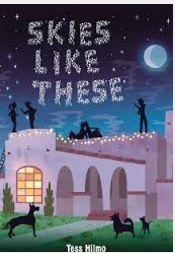
Hilmo, Tess. Skies Like These. New York: Farrar, Straus and Giroux, 2014.
“While visiting her eccentric aunt who lives in Wyoming, twelve-year-old Jade befriends a boy who believes his is a descendant of Butch Cassidy.” – CIP. This lively story, with the rhythm of a rollicking square dance, is highly recommended for readers who love language and laughter.
Click HERE for more novels about moving.
“To travel is to live.” – Hans Christian Andersen, The Fairy Tale of My Life: An Autobiography
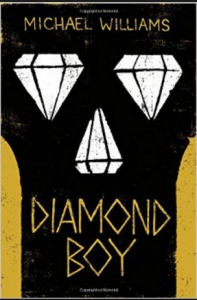
Williams, Michael. Diamond Boy. New York: Little, Brown and Co., 2014.
“When Patson’s family moved to the Marange region of Zimbabwe he begins working in the mines, searching for blood diamonds, until government soldiers arrive and Patson is forced to journey to South Africa in search of his missing sister and a better life.” – CIP. For competent readers 12-years-old and up.
Click HERE for more novels set in countries all around the world.
“Books are the plane, and the train, and the road. They are the destination, and the journey. They are home.” – Anna Quindlen, How Reading Changed My Life
